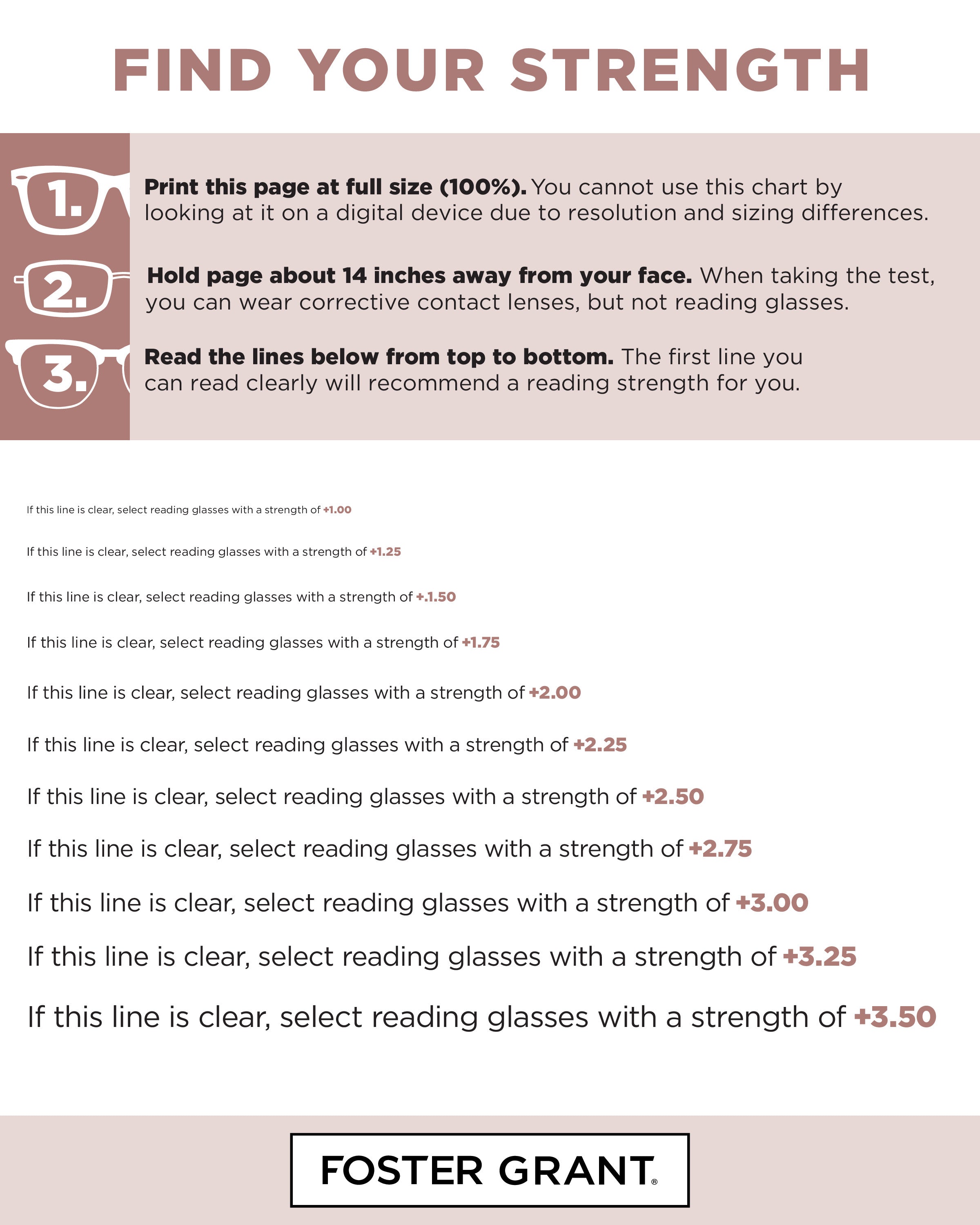Best Sellers
McKay Blue Light
Gavin Fold Flat
IRONMAN® IM2002
Reasons You May Need Reading Glasses
Blurry vision and difficulty reading can be frustrating. It can be even more frustrating not to understand why you need reading glasses in the first place. It’s common for our vision to become worse with age, but here’s some of the science behind why you may need reading glasses.
Presbyopia is a condition in which your eyes lose the ability to focus on nearby objects and words over time. It’s most common in older adults and can develop between the ages of 40 and 65. Common signs that you have presbyopia include holding things far away to see them, squinting to read, and strain on your eyes when you read up close. If you have presbyopia, you may experience headaches, and your eyes may feel tired after short or long periods of reading or screen use.
It’s frustrating to have a tough time reading. Luckily, addressing presbyopia and correcting blurry vision is easy with our reading glasses. If you’re worried about style, color, and fit — don’t be. The most important part of shopping for glasses is that you feel confident in them. You can use our Frame Finder to help you find your perfect pair, but if you want a second opinion, try asking a friend or family member for advice!
Basics of Reading Glasses Strength
The strength of your reading glasses refers to the level of strength the lenses provide. Reading strength can also be referred to as “diopter” or “reading power” and is denoted with a plus sign “+” followed by a number and decimal. Most over-the-counter reading glasses start at +1.00 as the lowest reading strength and increase in +0.25 increments.
If you currently wear reading glasses and find you have to hold what you’re reading further away than normal to read it clearly, you’ll need a stronger reading strength. However, if you have to hold it closer, the lens strength may be too strong.
If you’ve recently begun to feel the symptoms of presbyopia, you may need to start your reading glasses search! There are plenty of helpful tools to make sure you find the right strength for you.
Finding the Right Reading Glasses
No two eyes are exactly the same—even the two you have. When exploring reading glasses, it’s vital to find the right ones for you. The most critical step to this is knowing what strength reading glasses you need.
Below are some of the easiest ways to figure this out.
The Diopter Reading Test Card Method
One of the easiest, most common methods for figuring out what strength reading glasses you need is the diopter reading test method. A diopter test is a chart with a row of words on it. Each row has a different size text on it, starting with smaller texts and lower strength needs and getting higher as you read down the paper.
The chart will start with words you may need a +1.00 strength to read and will go down to words that you may need a +3.25 strength to read.
To begin the test, print out the Foster Grant diopter chart, and hang it up somewhere 14 inches away from your face. Without glasses on, try to read from the top row, which is the smallest. If you can’t read this line clearly, move down the rows until you reach a line that is clear.
When you reach a line that you can read clearly without any help from glasses, look at the strength next to it: This is the reading glasses strength you need! If your reading needs aren’t met with the largest text strength of +3.25, we recommend visiting your eye doctor. They’ll be able to help you find the best strength and options for your eyesight needs.
Please note: you cannot effectively use this method on a digital device. Please print out the chart for an accurate result.

Trial and Error Method
If you try these two methods and they aren’t working, or if you want to skip the tests and get straight to the store, you can use a trial and error method instead. If you have taken the previous tests, you can start with the strength suggested and go from there. We recommend choosing a few strengths higher and lower than your test results yielded.
When you test out different glasses, it’s essential to bring something to read. You can begin trying on glasses, reading, and figuring out what strength actually works. Try to narrow it down to two strengths that help you see well. Once you have these two strengths, pick the lowest option.
Head to your local Foster Grant retailer and start trying on different strengths. You can also order directly from our site and return what you don’t need for free.
Looking Forward
Declining vision is a normal part of aging, but it doesn’t have to be unfixable. We offer strengths starting at +1.00 and ranging all the way to a +3.50 in some styles. You deserve to be able to read and see clearly without squinting and moving objects far away. That’s why we made our Multi Focus™, SunReaders® and other options available today! To explore your options, check out our readers styles available for you!
Disclaimer: The information and reference materials on this website are intended solely for the informational purposes of the reader. This information is not intended to diagnose health problems and does not replace the advice, diagnosis or treatment of an optician or medical professional. No representations are made and no responsibility is assumed for the information contained on this website. Contact your optician or a medical professional directly if you have any questions concerning your eye health or the information contained on this website.


















